Do you own a Jeep XJ? Do you want better brakes? A disc brake conversion might be your answer.
Why Convert to Disc Brakes?
Disc brakes offer many benefits. They stop your car faster. They work better in wet weather. They also last longer. Drum brakes can wear out fast. Disc brakes are stronger and more reliable.
Improved Safety
Disc brakes help you stop quicker. This makes your Jeep safer. You can drive with more confidence.
Better Performance
Disc brakes perform well in bad weather. They do not fade as much as drum brakes. This means they work better on long trips.
Easy Maintenance
Disc brakes are easier to check. You can spot problems early. This can save you money on repairs.
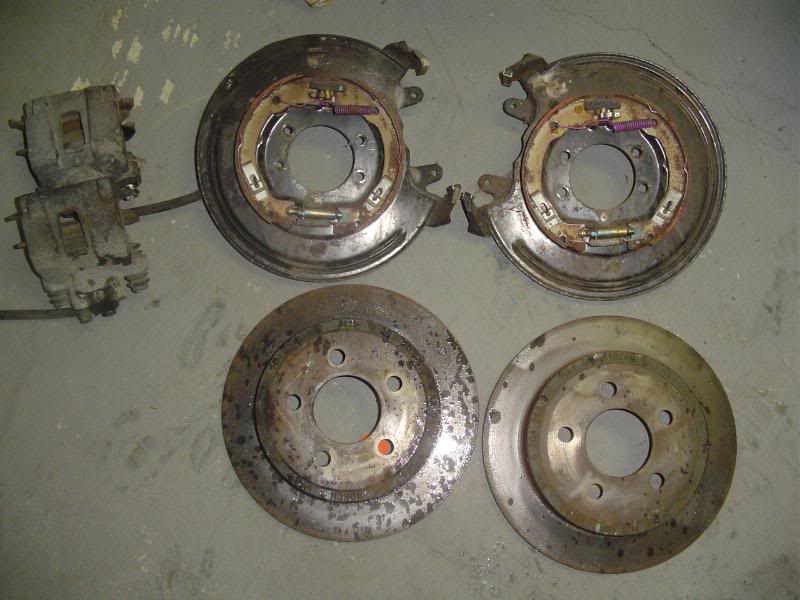
Credit: www.cherokeeforum.com
What You Need for Conversion
Converting your Jeep XJ to disc brakes needs tools. Here is a list:
- Jack and jack stands
- Socket wrench set
- Brake fluid
- New brake rotors
- New brake pads
- Calipers
- Brake lines
Make sure you have all parts ready. This will make the job go smoothly.
Step-by-Step Guide to Convert
Ready to start? Follow these steps carefully.
Step 1: Lift Your Jeep
Use a jack to lift your Jeep. Place jack stands under the frame. This keeps your Jeep stable.
Step 2: Remove The Wheels
Use a socket wrench to remove the wheels. This gives you access to the brakes.
Step 3: Take Off The Drum Brakes
Remove the drum brake assembly. Be careful. Keep all small parts safe.
Step 4: Install The New Rotors
Place the new rotors on the wheel hub. Make sure they fit well. Tighten the bolts.
Step 5: Mount The Calipers
Attach the calipers over the rotors. Secure them with bolts. Check the alignment.
Step 6: Connect The Brake Lines
Attach the brake lines to the calipers. Make sure they are tight. Check for leaks.
Step 7: Install New Brake Pads
Place the new brake pads inside the calipers. They should fit snugly.
Step 8: Bleed The Brakes
This step removes air from the brake lines. Fill the brake fluid reservoir. Open the bleeder valve. Have a friend press the brake pedal. Close the valve. Repeat until no air bubbles appear.
Step 9: Reattach The Wheels
Put the wheels back on. Tighten the lug nuts securely.
Step 10: Lower The Jeep
Carefully lower the Jeep to the ground. Remove the jack stands. Your conversion is complete!
Testing Your New Disc Brakes
Test your brakes before hitting the road. Drive slowly. Apply the brakes gently. Listen for strange noises.
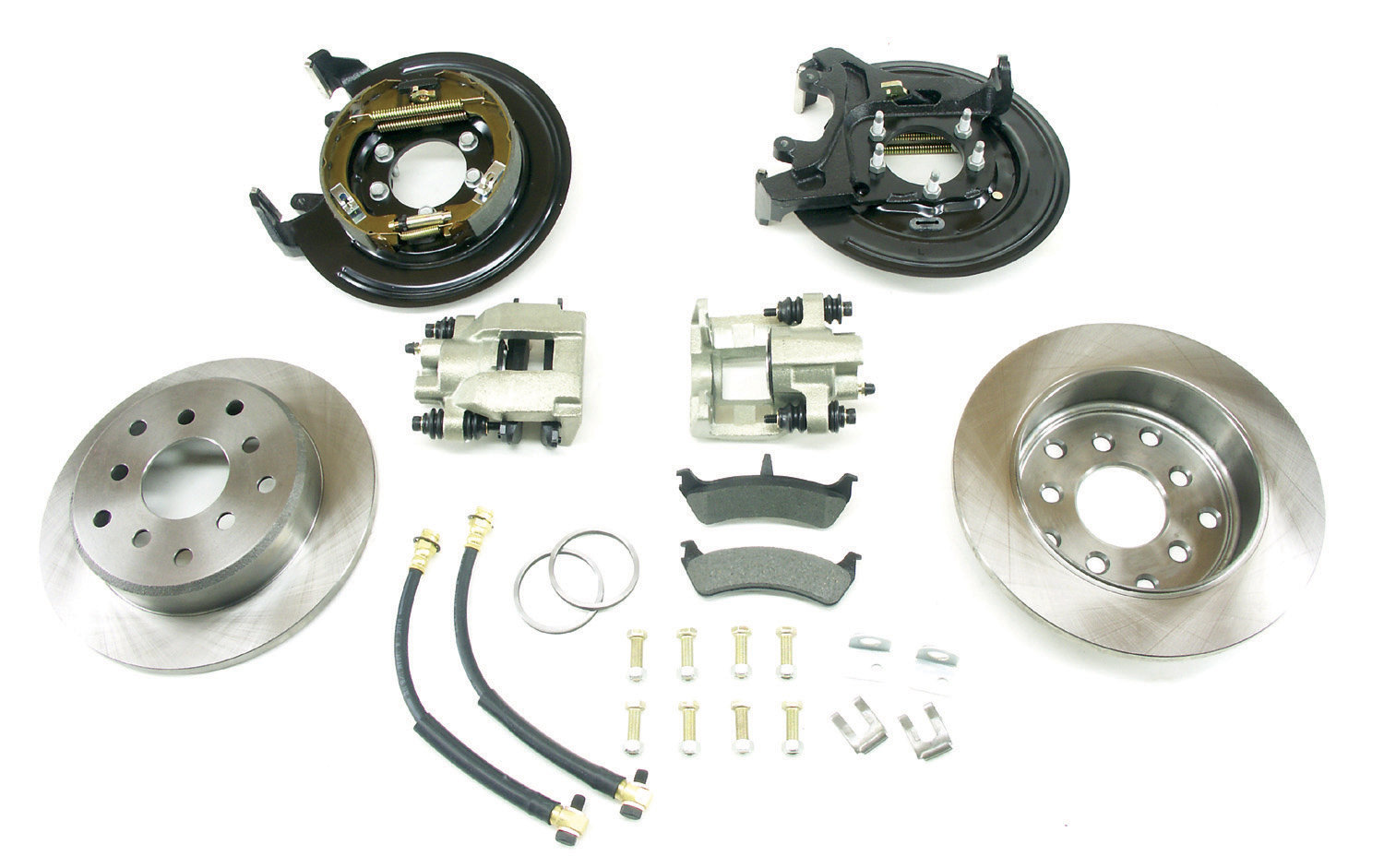
Credit: www.quadratec.com
Common Problems and Fixes
Sometimes things do not go as planned. Here are some common problems and solutions:
| Problem | Solution |
|---|---|
| Squeaking Noise | Check for dust or debris. Clean the brake parts. |
| Soft Brake Pedal | Bleed the brakes again. Ensure no air in the lines. |
| Brake Fluid Leak | Tighten connections. Replace damaged brake lines. |
If problems persist, seek help from a professional.
Final Thoughts
Converting to disc brakes is a good choice. It improves safety and performance. Follow the steps carefully. Enjoy your Jeep’s new braking power.
Remember, safety first. Always use quality parts. Happy driving!
Frequently Asked Questions
What Is Disc Brake Conversion For Jeep Xj?
Disc brake conversion involves replacing drum brakes with disc brakes. It improves stopping power and handling.
Why Upgrade To Disc Brakes On Jeep Xj?
Disc brakes offer better performance, especially in wet conditions. They provide consistent and reliable stopping power.
How Difficult Is Disc Brake Conversion?
It’s moderately challenging. Requires mechanical skills and tools. Following a guide can simplify the process.
What Parts Are Needed For Conversion?
You’ll need rotors, calipers, pads, and brackets. Sometimes, additional hardware and modifications may be required.


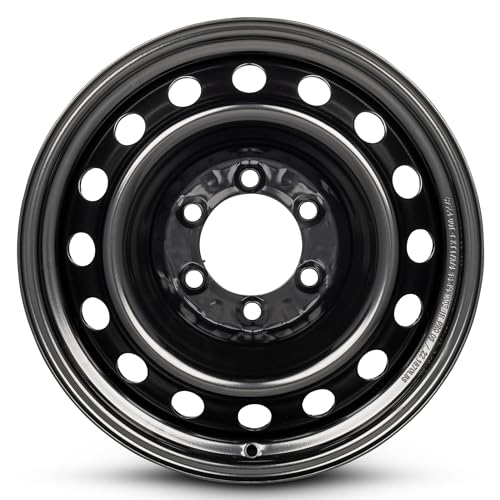
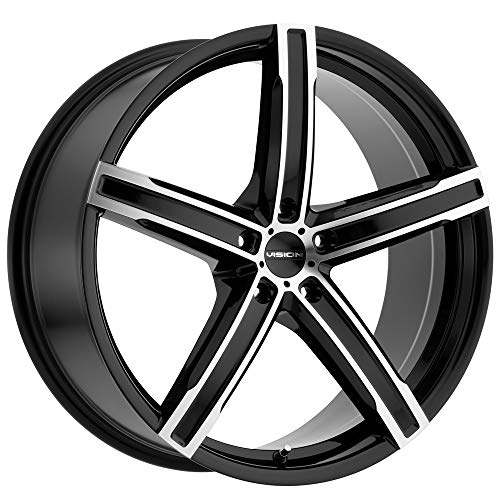
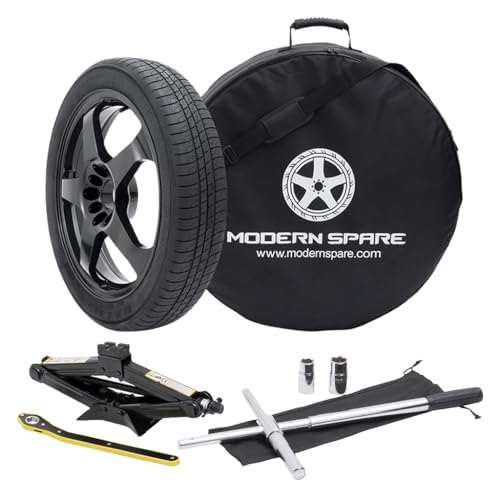
Leave a Reply